Seosan Chrysanthemum Festival (서산국화축제)
0m 18191 2022-12-21
320-1, Gobuk 1-ro, Seosan-si, Chungcheongnam-do
• 1330 Travel Hotline: +82-2-1330 (Korean, English, Japanese, Chinese) • For more info: +82-41-660-3935
Seosan Chrysanthemum Festival takes place in October at the area of Gobuk-myeon, Gagu-ri in Seosan, Chungcheongnam-do. This festival offers chrysanthemum exhibitions inside of an apple orchard, featuring various colors of chrysanthemum in full bloom as well as a mountain of apples, photo zone, and other events to fill the festival grounds with the scent of autumn.
Haemi Martyrdom Holy Ground (Yeosutgol) (해미순교성지(여숫골))
4.8 Km 24160 2020-03-06
13, Seongji 1-ro, Seosan-si, Chungcheongnam-do
+82-41-688-3183
Haemi Martyrdom Holy Ground is the site where nearly 1,000 Catholics
in Chungcheongnam-do were buried alive during the time between the Byeongin Persecution in 1866 and 1882. At that time, Catholics were executed outside Haemieupseong Fortress' Seomun Gate (West Gate). As it was difficult to execute them one by one, the martyrs were buried alive in a big hole all at once. When confronted with their deaths, the martyrs prayed while singing 'Yesumaria' (Jesus Maria). Because it also sounds like "Yeosumeori", the place was called 'Yeosutgol' as well.
The 16-meter-high memorial tower was set set up near Haemicheon Stream to pay tribute to the nameless martyrs who were buried alive. Many Catholics visit this location every year to remember and honor the martyrs who sacrificed their lives for their belief.
Seosan Haemieupseong Festival (서산해미읍성축제)
5.0 Km 21899 2024-06-05
143 Nammun 2-ro, Seosan-si, Chungcheongnam-do
+82-41-660-2697
Seosan Haemieupseong Festival is held every October at Haemieupseong Walled Town, a fortress with over 600 years of history. Various events and programs are offered including an overnight program in front of the fortress. Exciting performances such as a reenactment parade, traditional music performances, and fireworks are also planned.
Haemieupseong Walled Town (서산 해미읍성)
5.1 Km 25132 2021-08-18
143, Nammun 2-ro, Seosan-si, Chungcheongnam-do
+82-41-661-8005
Haemieupseong Walled Town is a representative fortress from the Joseon period. Additional famous walled towns in Korea include Gochangeupseong Walled Town and Naganeupseong Walled Town. Haemieupseong Walled Town was established in 1491 during the 22nd year of King Seongjong. Its perimeter is approximately 1.8 kilometers, the x_height is 5 meters, and total area is 196,381 m², making it a huge fortress. Through restoration and purification projects, its old image has been restored as a historic park and it is famous as a site of Catholic martyrs' in the late Joseon era.
During the persecution of Catholics, many Catholics from Chungcheong-do were forced to come to Haemieupseong Walled Town where the administration office was located. Upon arrival, they were tortured to death. In particular, approximately 1,000 people are recorded as having been executed during the persecution in 1866.
The plaza inside of the fortress has a prison site where Catholics were chained up under the Daewongun government, and a gigantic old tree which was the tree used for torturing. The stones which were used for thrashing are located outside of a fortress gate and have become a holy place.
Seosan Gayasan Mountain (가야산(서산))
7.5 Km 39486 2022-11-17
Sansu-ri, Seosan-si, Chuncheongnam-do
+82-41-662-2113
Gayasan Mountain has easy and enjoyable hiking trails connecting Gayabong Peak, the main peak, with other peaks and mountains, namely Wonhyobong Peak (677 m), Ogyangbong Peak (621.4 m), Illaksan Mountain (521.4 m), Sujeongbong Peak (453 m), and Sangwangsan Mountain (307.2 m). The trails are as easy and suitable for all hikers including the elderly and young hikers. A distant view of the west sea is even visible from the top of the mountain. Gayasan Mountain offers amazing scenery all year round, most notably in spring when azaleas, royal azaleas, and an array of wildflowers are in full bloom.
The mountain also contains the Seosan Rock-carved Buddha Triad (National Treasure), which is considered the best rock-carved Buddha from the Baekje period. The mountain is also home to Bowonsa Temple Site, Gaesimsa Temple, and Illaksa Temple. With one National Treasure, six Treasures, and four cultural heritages preserved on the mountain, it is safe to say that Gayasan Mountain is the heart of Naepo Culture Zone (northwestern region of the province of Chungcheongnam-do), making the entire mountain a cultural asset.
Deoksungsan Mountain (덕숭산)
7.6 Km 7356 2021-06-30
Deoksan-myeon, Yesan-gun, Chungcheongnam-do
+82-41-339-8930
Deoksungsan Mountain is referred to as Chungcheong region's Geumgangsan Mountain for its beauty. Within Deoksungsan Mountain is Sudeoksa Temple, famous for its Daeungjeon Hall as the oldest surviving wooden building in Korea. The mountain's most prominent features are the oddly shaped rocks that are often compared to the shape of a human skull or a beast with its mouth wide open. Some of the most scenic points are Wonhyobong Peak, Seongmunbong Peak, and Haetaebawi Rock. Several Buddhist temples and cultural heritages occupy the mountain. The mountain is also a popular destination for family trips thanks to its short hiking course and Deoksan Hot Springs.
Sudeoksa Temple (수덕사)
7.7 Km 28645 2021-12-03
79, Sudeoksaan-gil, Yesan-gun, Chungcheongnam-do
+82-41-330-7700
Sudeoksa Temple, which has played an important role in the history of Korea’s Buddhism, is located at the foot of Deoksungsan Mountain. It was one of twelve temples from the Baekje Kingdom mentioned in Chinese historical records. There is no historical record of when the temple was founded but researchers believe it was founded sometime during the reign of King Wuideok (554-597).
The main building of Sudeoksa Temple, Daeungjeon Hall, was constructed in 1308 during the Goryeo dynasty. It was repaired four times between 1528 and 1803, but fortunately kept its original beauty. In addition to Daeungjeon Hall, Sudeoksa Temple houses many cultural treasures, such as the Three-story Stone Pagoda of Sudeoksa Temple.
Deoksan Provincial Park (덕산도립공원)
7.8 Km 8986 2019-12-18
Deoksan-myeon, Yesan-gun, Chungcheongnam-do
The name “Deoksan” has been shortened from its original name, Deoksungsan Mountain. This mountain area boasts a beautiful valleys and the Sudeoksa Temple, which is unique in that only Buddhist nuns can be found here. The main building of the Sudeoksa Temple, the Daeunjeon, has been preserved in its original condition. This was first constructed in 1308 and has been designated a national treasure. As well as the Deungjeon, the Sudeoksa Temple houses many cultural treasures, such as the Sudeoksa 3-storey stone pagoda.
Korea Traditional Architecture Museum (한국고건축박물관)
7.8 Km 10562 2022-08-18
543, Hongdeokseo-ro, Yesan-gun, Chungcheongnam-do
+82-41-337-5877
The traditional Korean architectures designated as valuable cultural assets scattered throughout the nation are on display at a one-tenth or one-fifth scale in this museum for the purpose of promoting and passing down the history of Korean architecture.
Birth Home of Queen Jeongsun (정순왕후생가)
8.1 Km 26382 2024-02-22
39 Handari-gil, Eumam-myeon, Seosan-si, Chungcheongnam-do
Birth Home of Queen Jeongsun is the house where Queen Jeongsun (1745-1805), the queen consort of King Yeongjo (1694-1776), the 21st monarch of the Joseon dynasty (1392-1897), lived until she became queen in 1759. It is estimated to have been built in the 17th century and features the architectural characteristics of hanok, with its distinctive "ㅁ" shape and tiled roof.
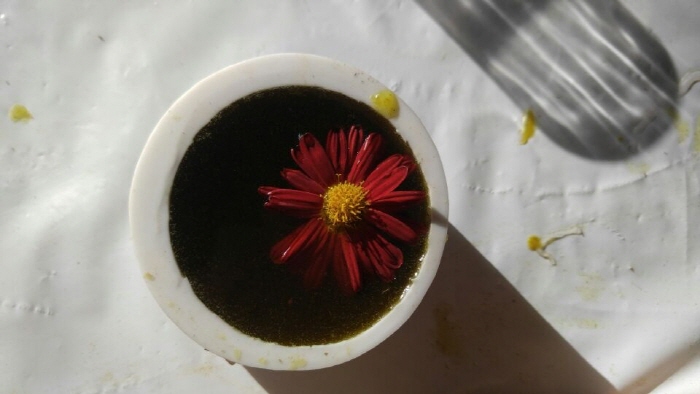

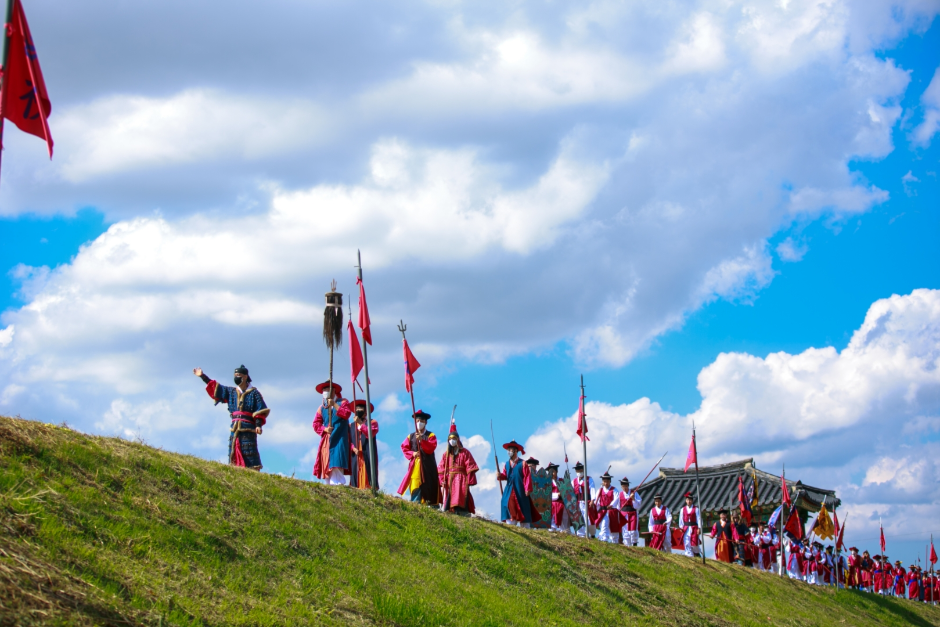
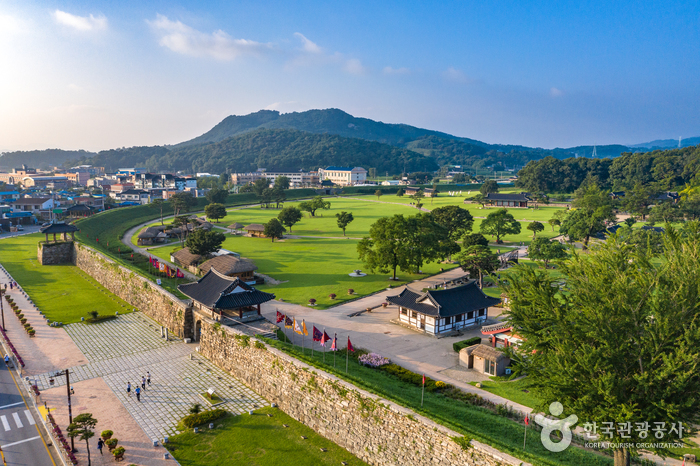
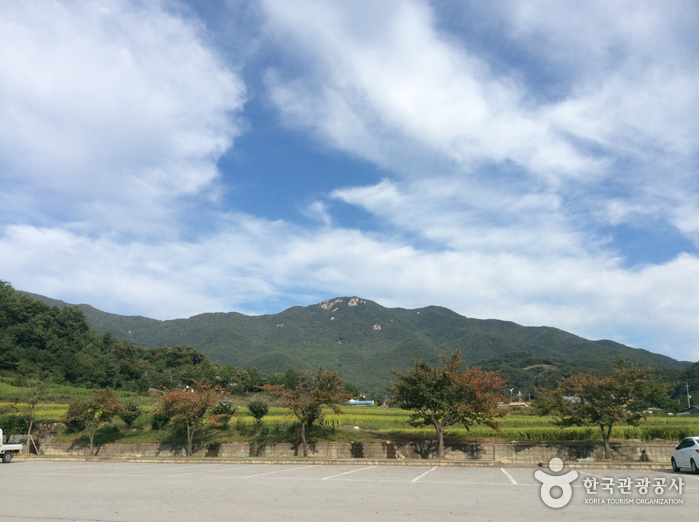
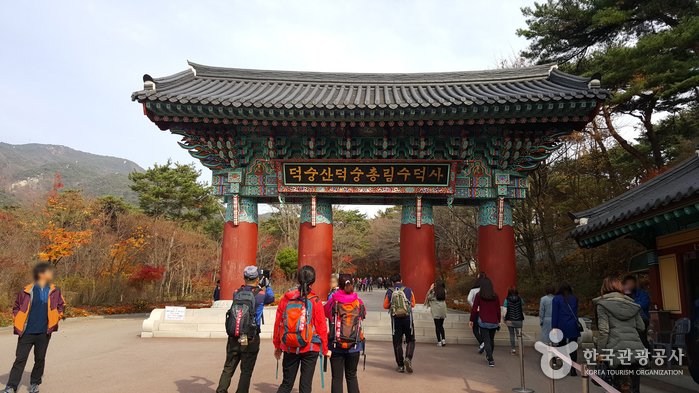
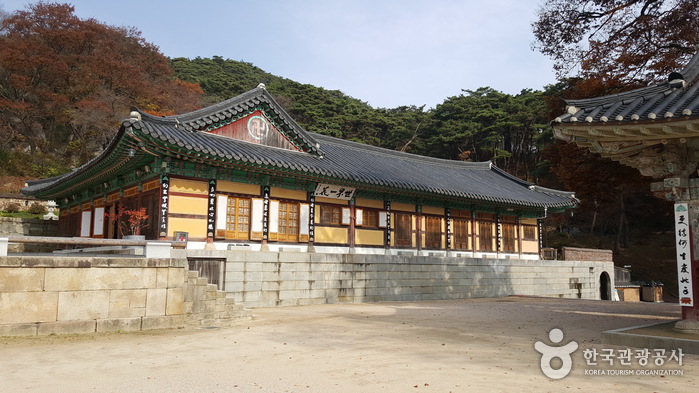
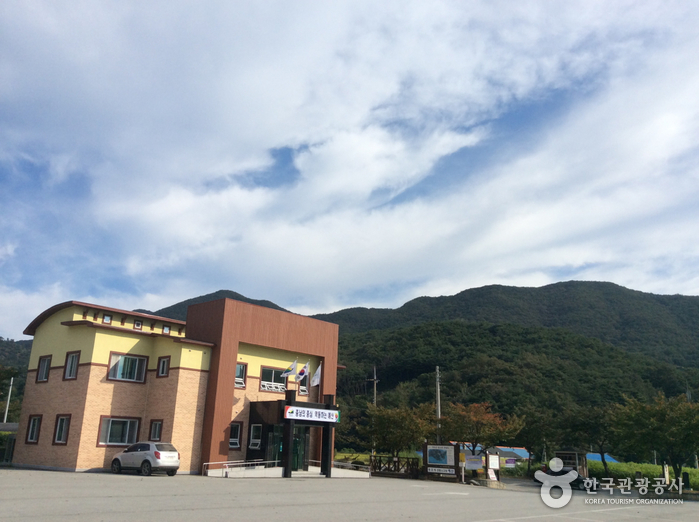
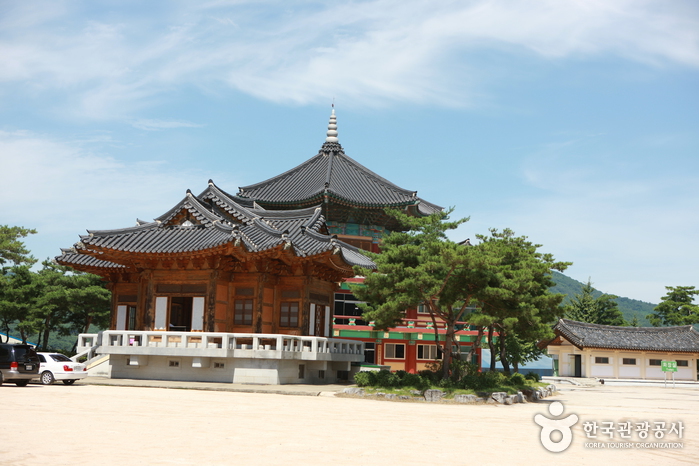
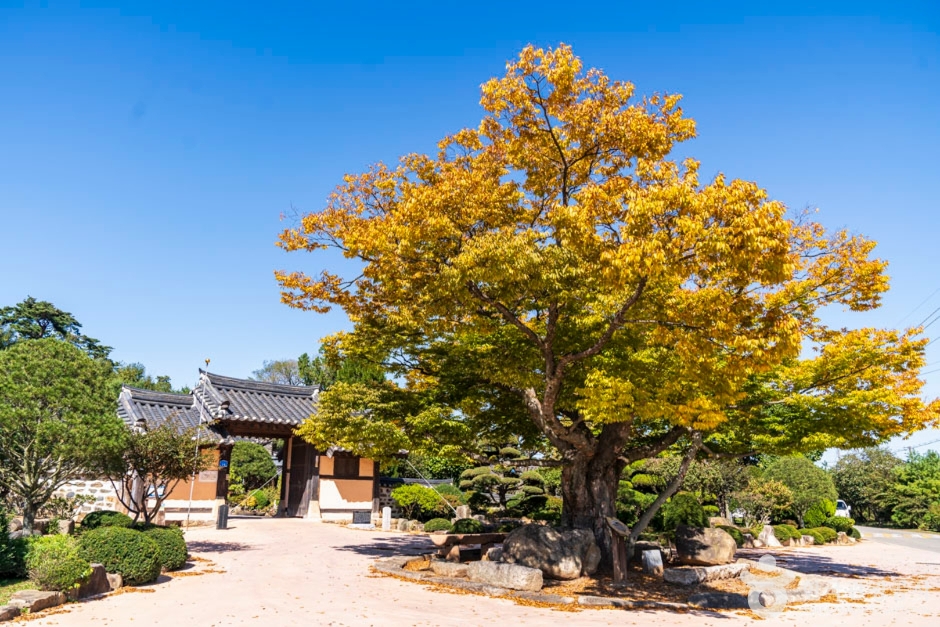
 English
English
 한국어
한국어 日本語
日本語 中文(简体)
中文(简体) Deutsch
Deutsch Français
Français Español
Español Русский
Русский